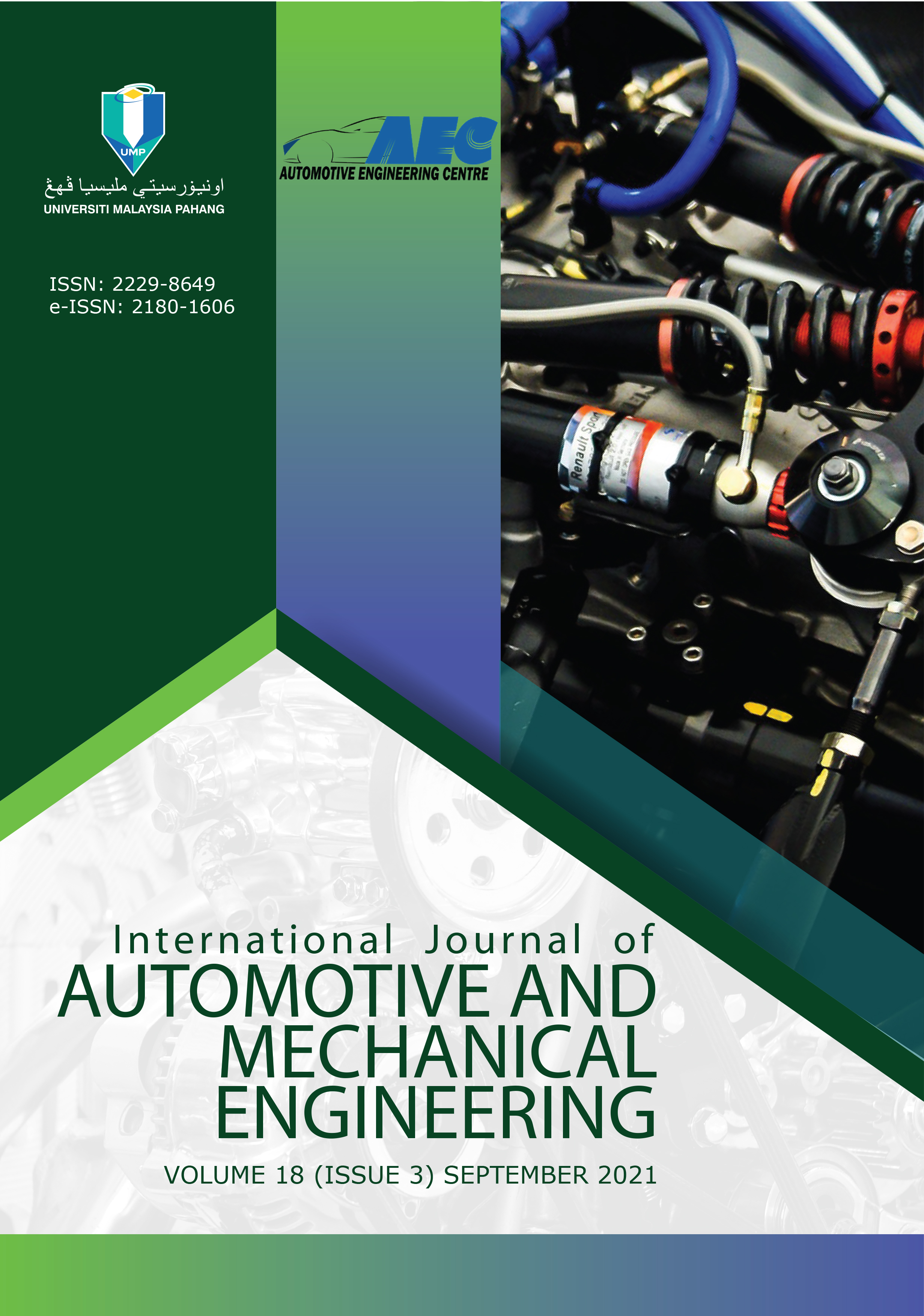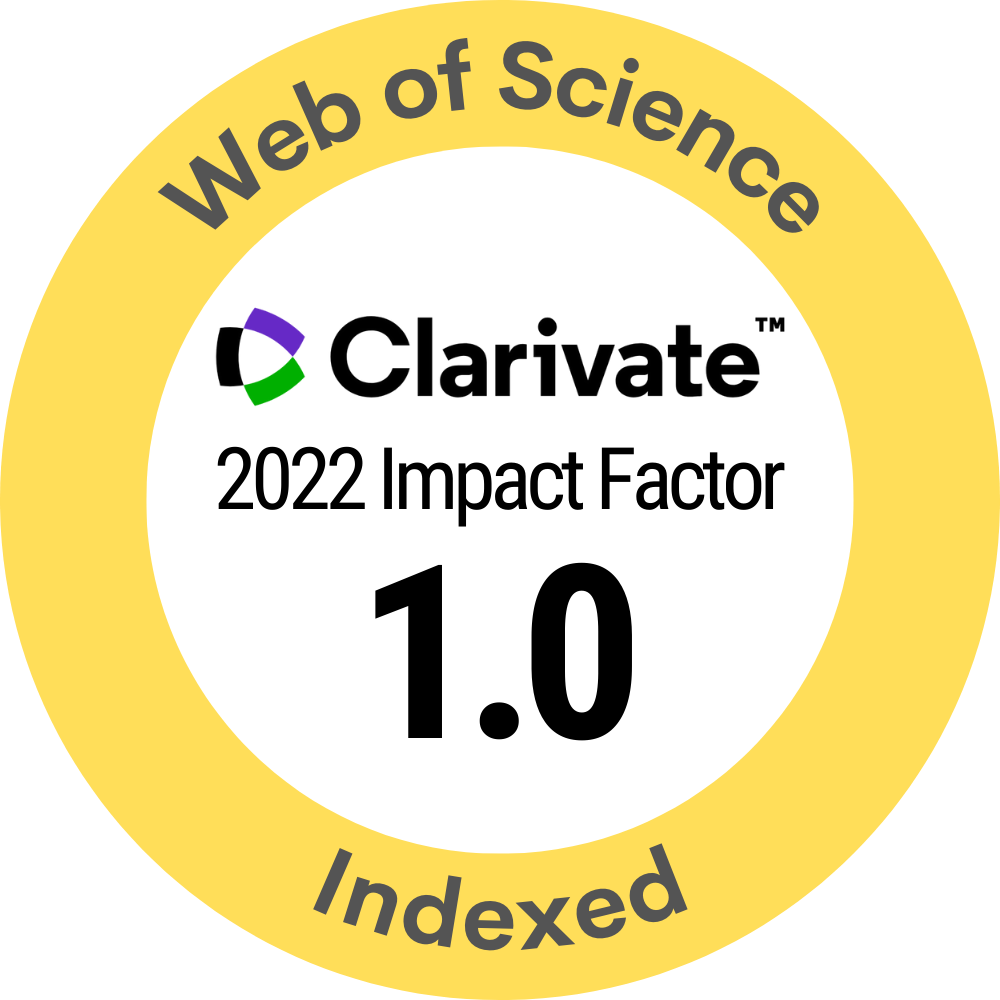Effects of Post-Injection Characteristics on the Combustion, Emission, and Performance in a Diesel-Syngas Reactivity Controlled Compression Ignition Engine
DOI:
https://doi.org/10.15282/ijame.18.3.2021.13.0690Keywords:
Combustion characteristics; Syngas; Diesel; Post-injection; EmissionsAbstract
This paper presents a numerical investigation of the separate effects of post-injection characteristics in a heavy-duty turbocharged direct injection diesel engine under pure diesel combustion (PDC) and diesel-syngas combustion (DSC) operating conditions. Converge CFD code was used coupled with a detailed n-heptane/toluene/PAH chemical kinetic mechanism (consists of 71 species and 360 reactions) for diesel-syngas dual-fuel combustion simulation. A total of 36 strategies based on the post-injection characteristics (post-injection timing, fuel quantity, spraying pressure, and main-post dwell time) on the combustion characteristics, exhaust gas emissions, and engine performance under PDC and DSC conditions were investigated. Numerical achievements revealed that 40% substitution of diesel fuel with syngas significantly decreased particulate matter emission and enhanced the indicated thermal efficiency (ITE), compared to the baseline PDC case. However, carbon monoxide noticeably increased. In addition, retarding the post-injection timing prolonged the combustion duration and also reduced the nitrogen oxides emissions and ITE. By increasing the post-injection quantity up to 15%, the combustion process deteriorated, and carbon-based emissions such as particulate matter, carbon monoxide, and unburnt hydro-carbon in the exhaust gases increased under PDC and DSC conditions. Furthermore, increasing post-injection pressure (PIP) from 1000 to 1450 bar under both PDC and DSC conditions led to higher flame temperature, and as a result, the heat release rate peak point and temperature peak point for the second combustion event increased. However, at a PIP of 1600 bar, the ITE deteriorated under PDC and DSC operating cases.
Downloads
Published
Issue
Section
License
Copyright (c) 2021 Universiti Malaysia Pahang Publishing

This work is licensed under a Creative Commons Attribution 4.0 International License.







